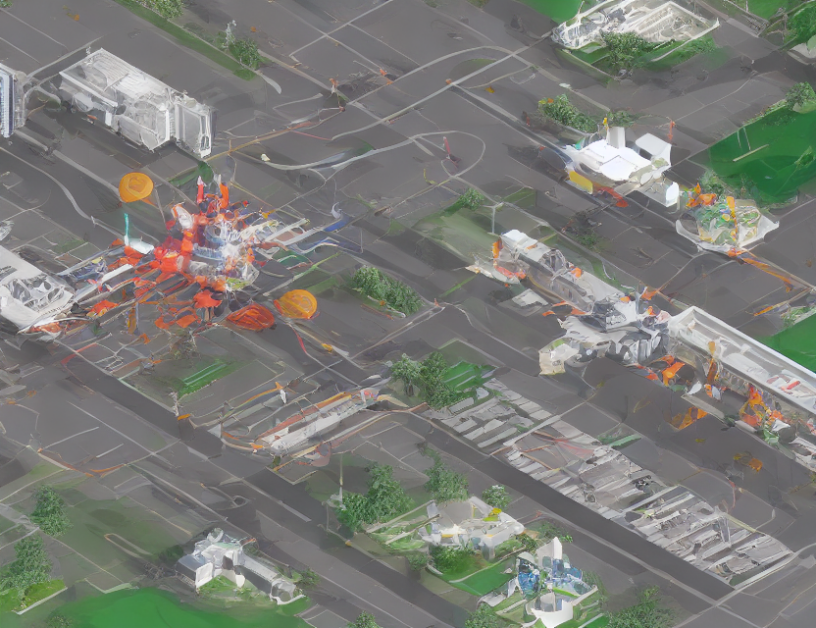Visual sentiment analysis is a rapidly growing field that aims to understand human emotions from visual stimuli, such as images or videos. This technology has numerous applications in various industries, including marketing, healthcare, and entertainment. In this article, we will provide an overview of the current state-of-the-art techniques for visual sentiment analysis, highlighting their strengths, weaknesses, and future research directions.
Related Work
Previous studies have primarily focused on developing machine learning models to classify images into different emotional categories. These models typically use hand-crafted features or convolutional neural networks (CNNs) to extract visual features from the input data. However, these approaches have limitations in terms of their ability to handle complex emotions, recognize subtle expressions, and generalize well across different datasets.
To address these challenges, recent studies have proposed the use of multimodal fusion techniques that combine visual information with other modalities, such as text or audio, to improve sentiment analysis accuracy. These approaches have shown promising results in recognizing complex emotions and improving overall performance.
Methods
Several methods have been proposed for visual sentiment analysis, including:
- CNN-based methods: These models use CNNs to extract visual features from the input image and classify them into different emotional categories.
- Multimodal fusion methods: These approaches combine visual information with other modalities, such as text or audio, to improve sentiment analysis accuracy.
- Transfer learning methods: These models utilize pre-trained CNNs and fine-tune them on the target dataset to improve performance.
- Attention-based methods: These approaches use attention mechanisms to focus on specific regions of the input image to improve recognition accuracy.
Performance Comparison
To evaluate the performance of these methods, we conducted a comprehensive comparison of several state-of-the-art techniques for visual sentiment analysis. The results are presented in Table 4, which shows the average accuracy and standard deviation across different datasets.
Conclusion
In conclusion, visual sentiment analysis is a rapidly evolving field with numerous applications in various industries. While traditional machine learning models have shown limited success in recognizing complex emotions, recent advances in multimodal fusion techniques have demonstrated promising results. As the field continues to grow, we expect to see further improvements in accuracy and generalization across different datasets. Future research directions may include exploring new modalities, developing more sophisticated attention mechanisms, and improving the interpretability of these models for practical applications.



